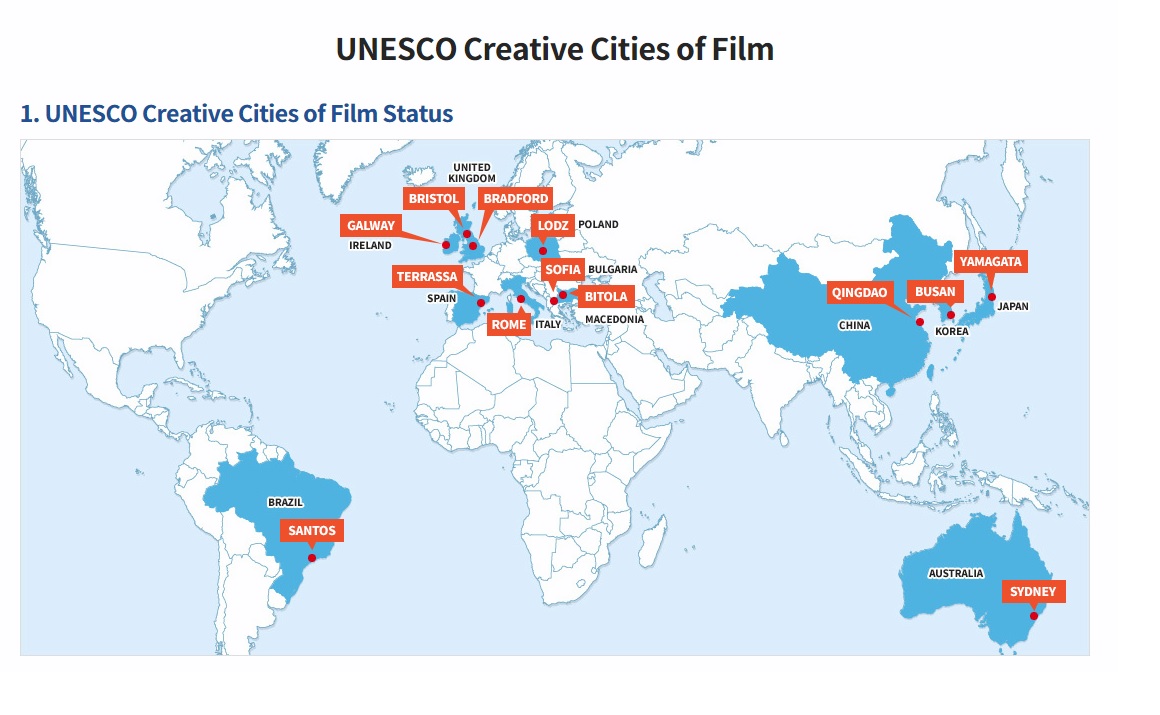Forum of UNESCO Creative Cities of Film: Creating the City of the Future
In this new digital age, there is no longer a solid division of film and other media / arts but they are intertwined. In that direction, this year`s forum focused on how film and other segments of the creative industries can improve the life in modern cities. The forum should provide concrete guidelines for future cooperation projects that would contribute to the cultural and economic development of the member cities of the network, especially important for Bitola as one of the smallest cities in the network.
The aim is to help cities understand and apply lessons to become more sustainable. Our world is changing faster than ever before, and cities are following these changes. United Nations figures show that today 54 percent of the population lives in urban areas, by 2050 it will rise to 66 percent. Like living organisms, cities are in a constant state of flux: they grow, change, and in some cases die. The challenges facing these urban areas are also changing – from climate change to volatile markets, from limited resources to massive demographic change. This rapid and unpredictable change offers tremendous opportunities for business, government and communities to work together to create more sustainable, sustainable and productive cities.
An increasing number of cities are emerging as creative forces thanks to growing arts and cultural sectors. Based on the collective strength of their creative industries, these cities create new businesses, foster innovation, attract talent and investment, and, in the process, accelerate urban development and improve the overall quality of life for their residents. Although not every city can take the lead on the global stage, a remarkable number are working to identify creative strengths and characteristics that define their appeal and attract attention.
Each UNESCO Creative City has developed creative industries, producing cultural goods and services in areas such as film, but also in other areas such as music and technology, contemporary art and television, games and digital media and more.

